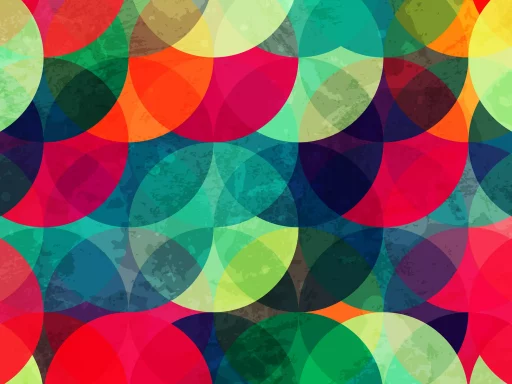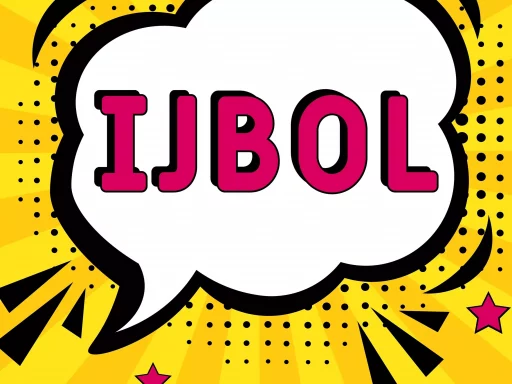Introduction
Language is a living, breathing entity that constantly evolves. As cultures merge and new generations emerge, so do new forms of expression. Amongst the folds of this evolution lies the realm of slang—a vibrant tapestry woven with creativity and innovation. In this article, we dive into the world of super stylish slang, exploring its significance, examples, and impact on culture.
The Significance of Slang in Modern Language
Slang is not just casual language; it reflects social identity, trends, and changes in society. It acts as a vehicle for youth culture to convey ideas, feelings, and social norms. Here are some reasons why slang is essential:
- Expression of Identity: Slang often helps individuals express their identity and belonging to a specific group.
- Cultural Commentary: Slang evolves to comment on societal changes or events, offering insight into the collective consciousness.
- Creativity: The inventive nature of slang promotes language play, enhancing communication in a fun and engaging way.
Examples of Super Stylish Slang
Slang varies dramatically across different cultures and communities. Here are some trendy examples of stylish slang in contemporary usage:
- Lit: Used to describe something exciting or excellent. Example: “The concert last night was lit!”.
- Salty: Used to describe someone who is bitter or upset. Example: “She’s still salty about losing the game.”.
- Flex: To show off or boast, usually about something materialistic. Example: “He’s just flexing his new car.”.
- Vibe: Refers to the mood or atmosphere. Example: “This café has a great vibe.”.
- Ghosting: The act of suddenly cutting off all communication with someone. Example: “I can’t believe he ghosted me after our date.”.
Case Studies: Slang in Action
To understand the power of slang, let’s look at a few case studies that emphasize its influence across various platforms:
1. Social Media Trends
Platforms like Instagram, TikTok, and Twitter are breeding grounds for the rapid adoption and spread of slang. For instance, the term “Cap/No Cap” (meaning to lie/not lie) gained popularity through TikTok videos, where users often make ironic claims or jokes. According to a survey conducted by Statista in 2022, 64% of Gen Z users stated they often incorporate slang from social media into their everyday conversations.
2. Music and Pop Culture
Artists such as Drake, Cardi B, and Kendrick Lamar often use slang in their lyrics, helping to cement terms into mainstream culture. Cardi B’s popularization of words like “Okurrr” and “Bodak Yellow” highlights how music can influence slang trends. An analysis by Billboard indicated that songs incorporating trendy slang often see better engagement and streaming numbers, underlining slang’s role in the music industry.
Statistics: The Rise of Slang
The prevalence and influence of slang in modern language can be captured through some revealing statistics:
- According to a 2023 study by Pew Research, 72% of teens agreed that slang expresses their generation’s uniqueness.
- Data from Oxford Dictionaries indicates a 35% increase in slang usage in online communications over the past decade.
- A survey by YouGov found that over 55% of millennials tend to use slang in both professional and social contexts.
The Future of Slang
As technology continues to shape how we communicate, the future of slang appears brighter than ever. With the rise of AI language models and predictive text, new slang can emerge instantly. Virtual realities and gaming will likely continue to contribute to new terms and phrases, making the evolution of slang an exciting spectacle.
Conclusion
Super stylish slang reflects the creativity and dynamism of modern language. It mirrors the zeitgeist, shaping communication among youth and contributing to cultural commentary. Understanding its significance not only enriches our lexicon but also provides deeper insights into the ever-shifting landscape of culture and identity.






